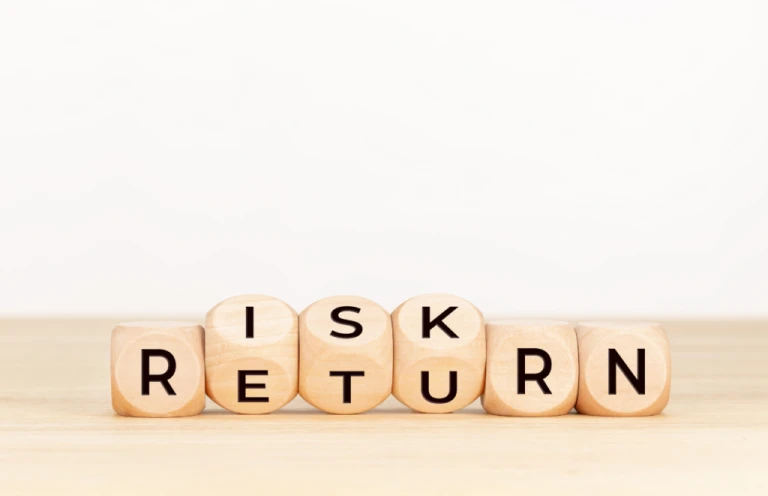What is Risk Free Rate of Return?

When it comes to investing, risk-free return is one of the most important concepts to understand. Whether you’re a novice or experienced investor, having a solid grasp of this concept can help ensure that you make informed decisions with your investments and maximize your returns. So what is the risk free rate of return? This article will explain the concept in detail and discuss how understanding it can be beneficial for investors.
Risk Free rate of Return – Definition
The risk-free rate of return is the lowest rate of return earned by an investor from a risk-free investor. This is a theoretical concept developed by some experts because, in practise, there is no such thing as a risk-free investment.
Because all investments involve some level of risk, it may not be possible for an investor to obtain a risk-free rate of return while making an investment.
This term, however, refers to the returns obtained from specific investment options, such as US treasury bonds or German government bonds. The main reason for this is that developed countries such as Germany and the United States have a risk associated with government-backed bonds that is small enough for the earnings to be considered risk-free returns.
What does a Risk-free rate of return indicate?
Risk-free returns typically include three important components, namely:
- Inflation
- The Rental Rate
- The Investment Risk
So let’s go over all three components in depth:
Inflation
Inflation is defined as a rapid increase in the price of goods and services over time. Simply put, it is the decrease in purchasing power over a given time period. However, inflation is taken into account for the duration of the investment option in question.
The Rental Rate
The rate of actual or real returns associated with lending funds over the investment period is referred to by this term.
The Investment Risk
Investment risk is also known as maturity risk, and it refers to the risk associated with the investment’s principal market value.
Because of changes in the level of interest rates in the economy, the risk can either increase or decrease during the investment tenure.
As a result, an investor should stay informed about the current risk-free rate that is circulating in the market.

What does it mean for investors?
Until now, investors should have understood the meaning of it. But as an investor, you may be wondering how this rate affects you. And that is a serious question to ponder. So, first, let’s define what the risk-free rate of return means for investors.
It is typically associated with investments that carry no risk. It simply means that any other investment option with more than zero risks must offer higher returns to attract investors.
The risk-free rates serve as the foundation for calculating other rates, such as the cost of equity. Which is calculated by adding a risk premium to the market rate of risk-free returns.
This risk premium takes into account the additional risk associated with other investment options. The risk-free interest rate, on the other hand, can be used to calculate the cost of debt. To account for the increased risk, a default spread is added to the risk-free rate. This spread is determined by the level of credit risk associated with the debt instrument’s issuer.
The Bottom line
Now that an investor understands what the it is. They can consider it before taking any action or making any investment decisions.
One thing that every investor should remember is that the risk-free rate is not a fixed number. That fluctuates based on various microeconomic and macroeconomic factors.
Follow us on Instagram.









